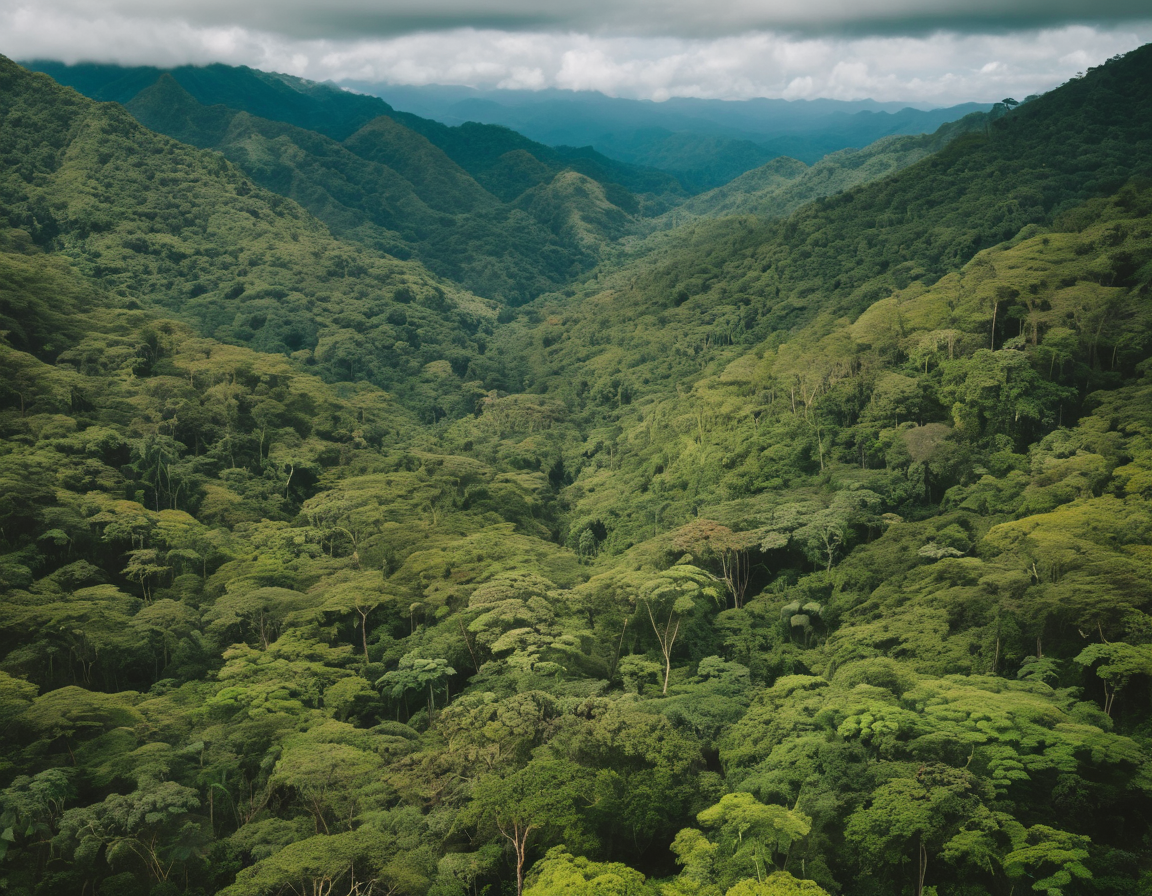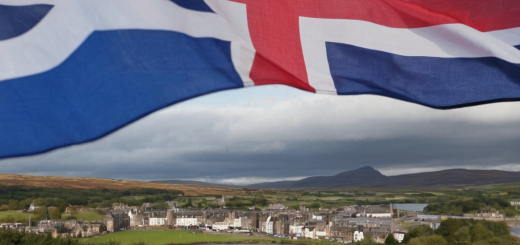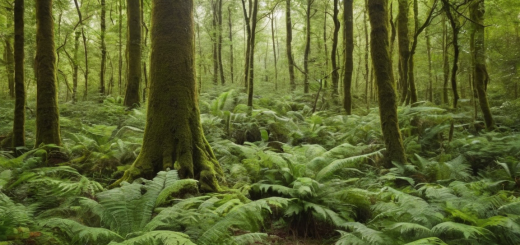Embracing a Greener Future: The Transformative Secrets of Costa Rica’s Reforestation
Costa Rica’s Journey From Deforestation to Reforestation: A Model for the World
In the latter half of the 20th century, Costa Rica faced a deforestation crisis that threatened their biodiversity and environment. However, through innovative policies and community efforts, the country has reversed this trend and is now a global leader in reforestation and sustainable practices. Join us as we delve into this remarkable transformation and explore why Costa Rica’s green revolution is a beacon of hope for environmentalists worldwide.
Understanding the Roots: Costa Rica’s Deforestation Crisis
By the early 1980s, Costa Rica was losing its forests at an alarming rate. At its peak, nearly four percent of forest coverage was being cleared annually, primarily due to the expansion of agriculture and cattle ranching. This resulted in a dramatic reduction of forest cover from 75% in the 1940s to the lowest point of about 21% by the late 1980s. The effects of this deforestation were profound, including the loss of biodiversity, soil erosion, and disruption to the water cycle.
The Turning Point: Policies and Programs that Shaped Growth

The Costa Rican government, in response to the environmental crisis, formulated and implemented a series of groundbreaking environmental policies to encourage reforestation and the sustainable management of existing forest resources. Among the most impactful of these policies were the Payments for Environmental Services (PES) programs, which financially rewarded landowners for the ecosystem services their forests provide, including carbon sequestration, water protection, biodiversity conservation, and scenic beauty.
Community Engagement and Biodiversity Regeneration
Communal involvement has played a critical role in Costa Rica’s reforestation efforts. Local communities, often alongside conservation organizations, partook in projects that planted native trees and removed invasive species. The efforts led to not only the revival of forests but also the return of numerous animal species that were once on the brink of local extinction.
The Ripple Effect: How Reforestation Benefits Us All
Costa Rica’s reforestation success goes beyond ecological triumphs. The restored forests have also generated numerous social and economic benefits. They contribute to cleaner air and water, support eco-tourism, and create jobs that range from forestry management to ecotourism guides. Moreover, the reforestation efforts have also helped to position Costa Rica as a leader in the fight against climate change.
The Path Forward: Sustainability as a Way of Life
As the world grapples with the realities of climate change, Costa Rica’s story serves as a testament to the power of policy, community, and conservation working hand in hand. Their commitment to the environment is now interwoven into the fabric of the nation’s identity, setting an inspiring example for countries around the world.
Costa Rica’s journey from deforestation to reforestation is a story of resilience, innovation, and hope—a narrative that teaches us the importance of protecting our precious ecosystems for generations to come. By learning from their example, we can embrace a greener future, harnessing the transformative secrets of reforestation.






